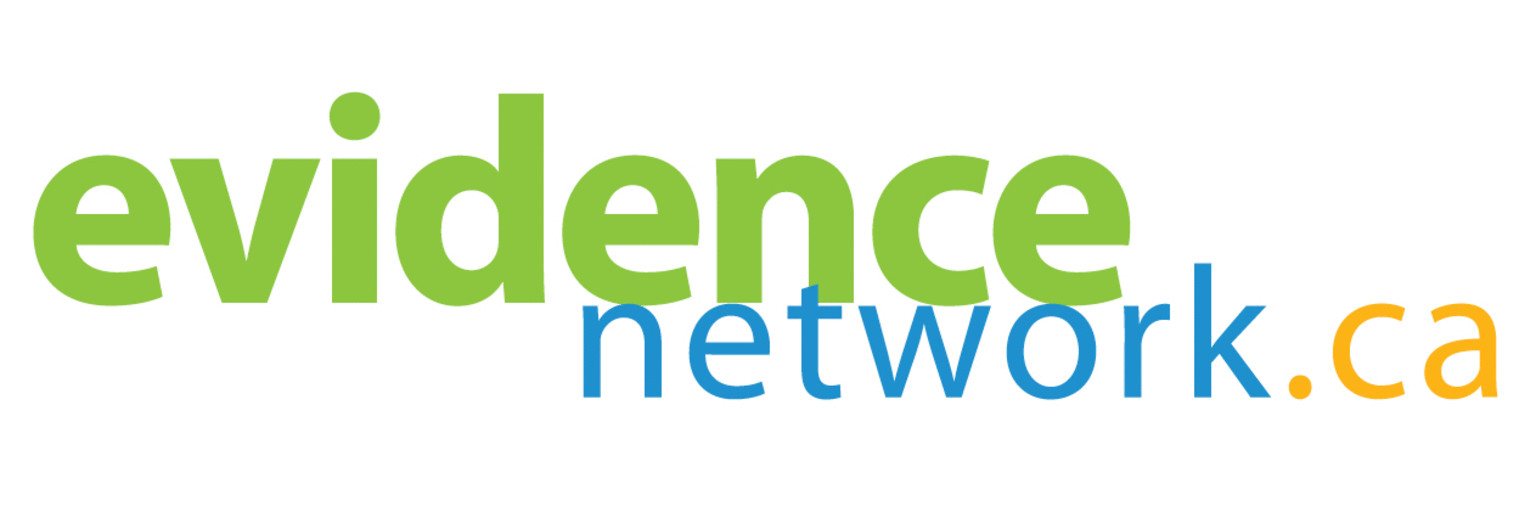A model of IA that works similarly to Chatgpt involves the risk of future diseases decades in advance: an ally in prevention.
It is called Delphi-2m, and how an oracle predicts how much probability you have to get sick of one or more between over a thousand diseases in the decades to take place: it is a new model of IA which, on the basis of the patient’s past clinical history and lifestyle factors, outlines the future one, offering a precious tool for preventing. The discovery, the result of a collaboration between the European Laboratory of Molecular Biology (EMBL), the German Cancer Research Center (DKFZ) and the University of Copenhagen, has been described on Nature.
The certainty does not even have the ia
There are already – and we often write about it – artificial intelligence tools that estimate the risk of a patient to incur the date on the basis of his clinical data, current medical tests or habits such as smoking, alcohol or sedentary lifestyle. But most of them know how to predict the risk of a single disease: the new system is able to predict the probability of a person to develop 1,258 diseases and with over a decade in advance (20 years in some cases).
Of course, it does not provide exactly what will happen to a given individual, but calculates the probability that certain pathologies will occur in a given period of time. It works in a similar way to the weather forecast: what probability is there that it rains tomorrow? What probability are there that this person develops a heart disease within the next year?
A chatgpt relative
DelPHI-2M uses a large linguistic model (LLM) called pre-outdoor generative transformer (GPT), the same at the base of chatbot as a chatgpt to find the most likely statistically probable responses based on the large volume of data on which it was trained. Just like the LLM we know by now have learned which element will be more likely present in the structure of a phrase, Delphi-2m has learned the “grammar” of health data, thanks to training on the data of 400,000 patients participating in the UK Biobank, a long-term medical office. He therefore knows how to outline a clinical history as a sequence of events that occur over time, if smoke, if you have already had a certain pathology, if you have a certain weight, if you are a man or woman.
For what it works (and for what less)
The IA system works particularly well to estimate the risk of diseases with a predictable trajectory, such as some types of cancer, the heart attacks, septicemia, while it is less reliable for pathologies with a more variable debut and trend, such as pregnancy disorders or some mental disorders.
When the researchers tested his “skills” on the health data of 1.9 million people followed in the national register of Danish patients, whose pathologies were already known, they realized that the forecasts were only slightly less accurate than those made on the patients of the British database on which he had been trained.
Some limit and many potential
The model is not free from defects: for example it has some distortions due to the sample on which it was trained, mainly of patients between 40 and 60 years old. It can therefore be less precise in providing for the clinical trajectory of young patients, or not be well representative from an ethnic point of view.
Even if it is far from being implemented in the clinical field, Delphi-2m could be used to analyze the risk of individual patients and carry out in prevention, or to predict the prevalence of future chronic diseases in large bands of population so as to better distribute the resources of health systems, or even to understand as lifestyle and previous diseases influence the risk of developing certain diseases.

